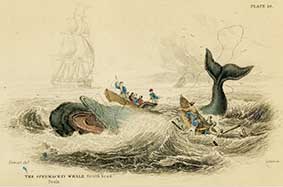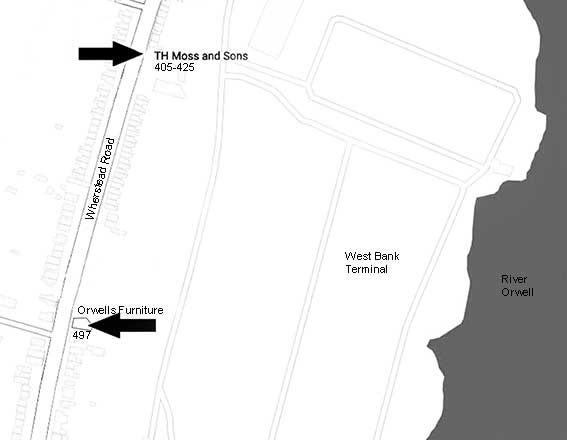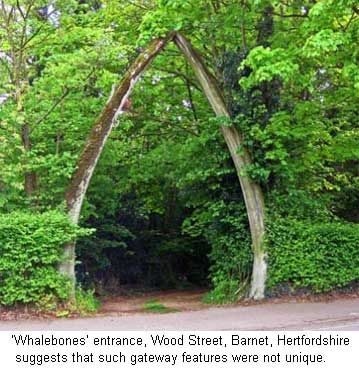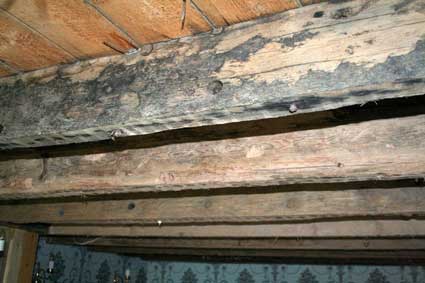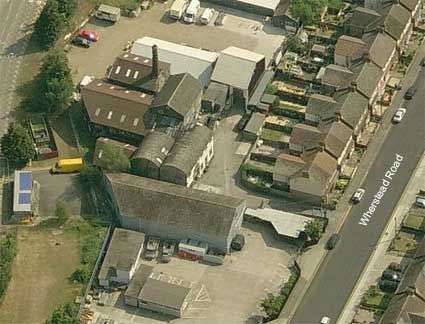Ipswich Whaling Station? No, ... Halifax Mill!
Until May 2011, we were
led to believe that this historic building behind Wherstead Road was a
Whaling Station, but the latest UPDATES
further down this page confirm an alternative solution. This
page really documents the compilers' bafflement regarding names of
locations around the Wet Dock and West Bank, which have changed over
history; there is very little in te contemporary landscape to indicate
the formerly significant sites such as Nova
Scotia
and Halifax shipyards.
 -
-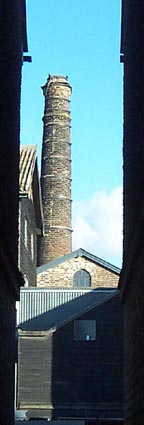 -
-
